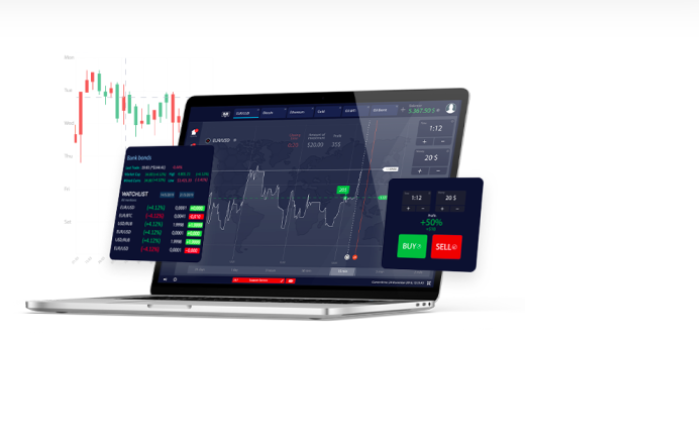What you need to know before you start trading CFDs

Online trading attracts huge interest from an ever-increasing number of people globally. The best part is that you can trade a wide selection of financial instruments, including contracts for difference (CFDs). But before you begin trading, it’s vital to familiarize yourself with how these instruments work. Once you have a basic knowledge of what they are, the next step is to learn how to trade correctly.
Over the years, online trading platforms like MetaTrader4 (MT4 download for PC) have made CFDs the most popular instruments traded online by experienced and novice traders. These instruments make trading currencies, commodities, indices, and stocks easier. They’ve become popular because you can trade without owning the underlying assets. And you work with brokers.
You either make or lose money whenever there are changes in asset prices. Many people trade this type of instrument because the transaction costs are low. That way, you use your money effectively. It’s no surprise that large hedge funds were previously the only ones using a contract for difference.
On the other hand, the popularity of the CFDs doesn’t mean they’re immune to market volatility. That’s why you should always plan and research your trades before investing via regulated exchanges.
Here are key things you should know about CFDs.
Going long and short
When you buy a particular asset using a contract for difference, you can either go long or short. If you believe that the asset price will rise, you go long, and vice versa if you predict a fall in the price. In the event that your predictions are correct, you can make a nice profit. However, if the price does the opposite of your selection, you end up with a losing trade.
Leverage
Another key aspect of CFDs is leverage, which gives you the power to control your open trades. You assume control of a position significantly larger than your trading account size. The good thing is that you can take advantage of a lot of leverage. It’s no wonder regulators introduced a cap on the maximum leverage available to retail traders. With the new rules, you can use a $1,000 account to exercise control over a $30,000 position. This means regulators pegged the cap at 30:1.
Follow your free margin
Since trading CFDs on leverage is standard practice, most brokers allocate a small percentage of your account to act as the trade margin. You should check whether the broker has already done this for you. Remember that the leverage ratio applicable to your trade determines the margin. You should expect a lower free margin if your used margin is lower. Because of this, you face a higher risk of a margin call.
That’s why it’s important to avoid risking between two and three percent of account per open trade. In doing so, you’re unlikely to face any issues.
Pros of trading CFDs
The popularity of CFDs is due to their many advantages, like increased leverage. Here’s a closer look at the benefits.
- Increased liquidity. You can take advantage of the liquidity offered by the broker and the market.
- Multiple trading opportunities. With CFDs, it’s possible to trade in wide-ranging assets like indices, currencies, and stocks.
- Increased leverage. Many people choose CFDs for the much higher leverage. Depending on your broker, you can have CFDs with a low margin requirement of 0.2 percent. That way, you don’t have to worry about investing a lot of money to outlay.
- The ability to trade short or long. CFDs ensure flexibility regarding your trades. For this reason, it’s easier to adapt trades to suit market conditions.
- Gain access to international markets. You only need a single platform like MetaTrader4 to trade on multiple international markets.
How to trade CFDs online
The internet makes trading contracts for difference easier. You can start by choosing a reputable broker and opening a trading account. Once you verify your identity, you’re ready to deposit funds into the account and start trading. Most brokers offer multiple payment methods to simplify your account funding process.
Once these formalities are out of the way, you need to start learning about trading CFDs. By investing time and energy into the learning process, you avoid common mistakes committed by novice traders. Over time, you’ll gain experience and start making profits more consistently.




